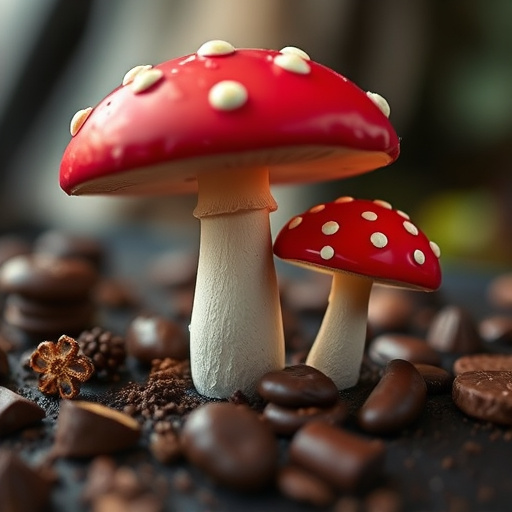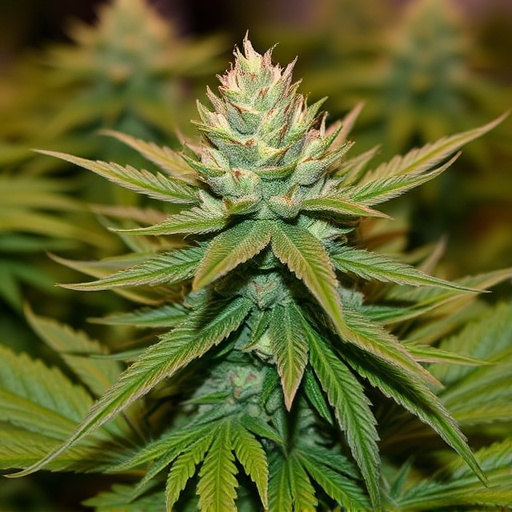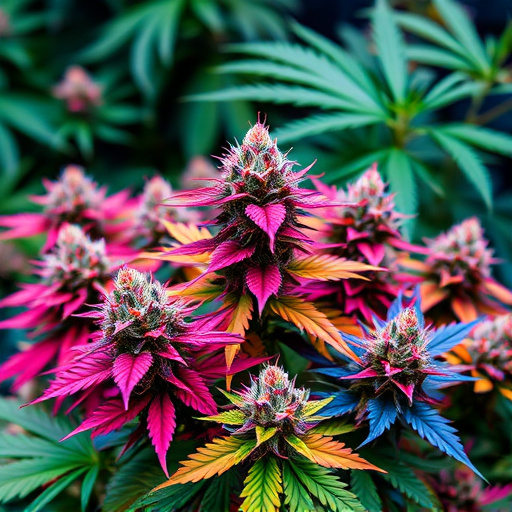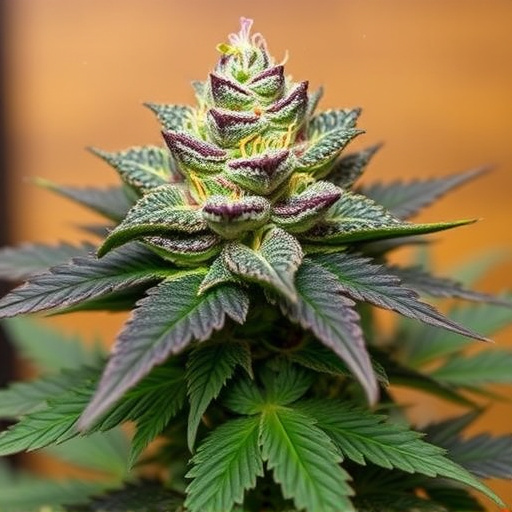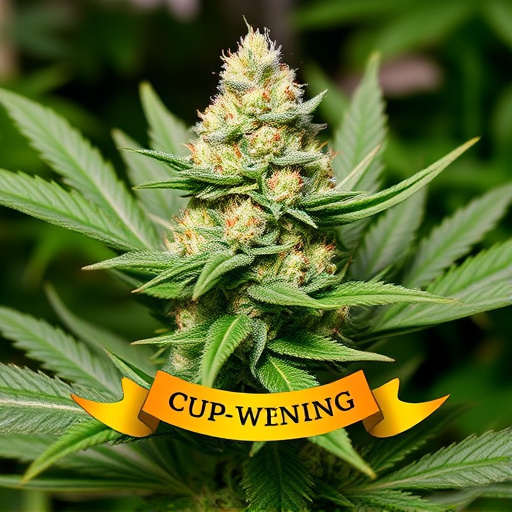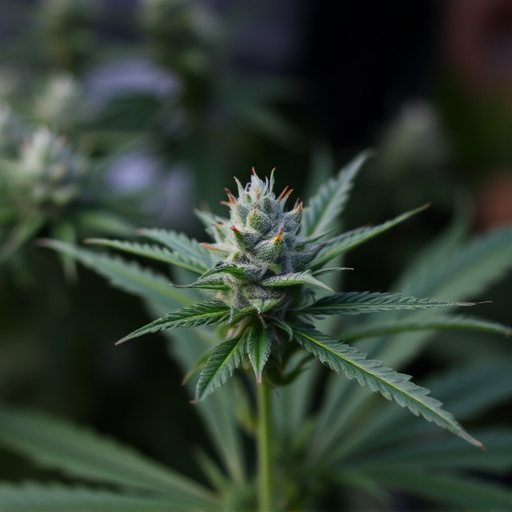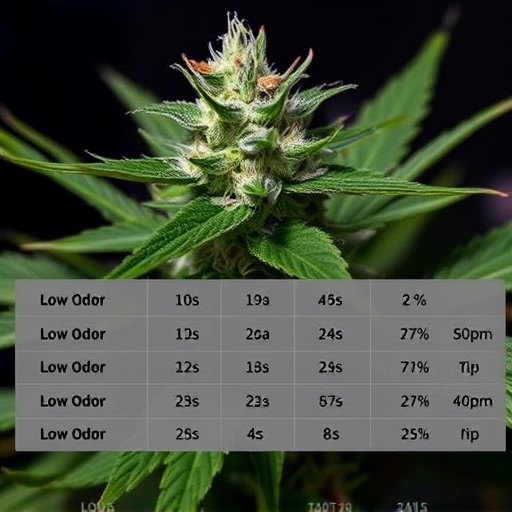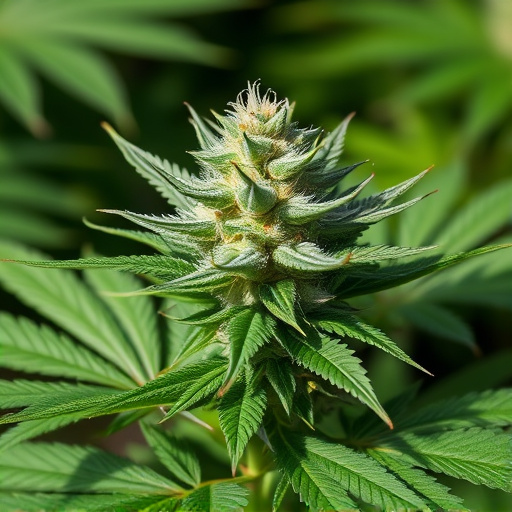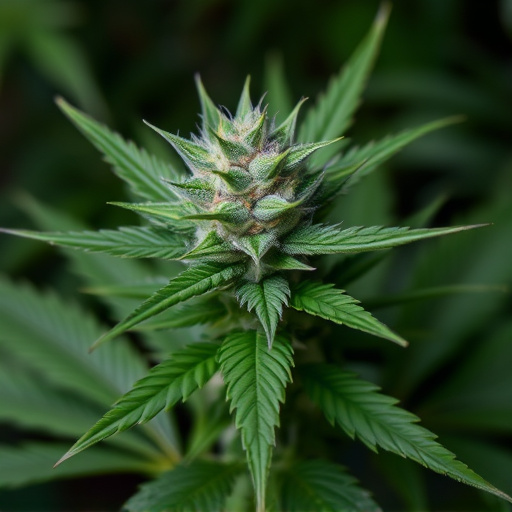Terpenes, aromatic compounds integral to cannabis' scent and flavor profile, come in diverse forms with varied scents. Key terpenes like linalool, myrcene, and caryophyllene significantly contribute to the unique olfactory characteristics of low odor cannabis strains. These profiles mask or reduce the typical weed smell while enhancing therapeutic effects through cannabinoid interaction. Popular strains exemplify terpene diversity; Blue Dream's citrus-myrcene blend and Granddaddy Purple's floral vanilla notes driven by caryophyllene and linalool illustrate this intricate interplay. Exploring these low odor strains allows cannabis enthusiasts to appreciate the profound impact of terpenes on a plant's distinctive character.
Discover the fascinating world of terpenes, the chemical compounds responsible for the distinct aromas of cannabis. In this article, we explore how these aromatic molecules create unique weed scents, with a specific focus on low odor cannabis strains. Unveiling the connection between terpenes and their ability to reduce aroma, we dive into popular strains known for subtle, nuanced profiles, providing insights into the science behind odourless cannabis.
- Understanding Terpenes: The Chemical Compounds Behind Cannabis Aromas
- Unveiling the Connection Between Terpenes and Low Odor Cannabis Strains
- Exploring Popular Low Odor Strains and Their Distinctive Terpene Profiles
Understanding Terpenes: The Chemical Compounds Behind Cannabis Aromas
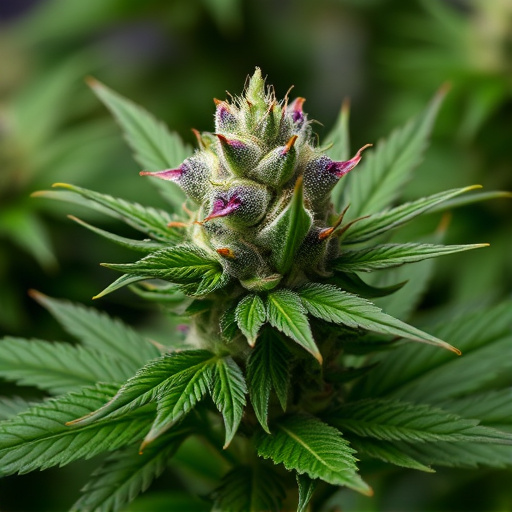
Terpenes, a diverse class of chemical compounds, play a pivotal role in shaping the unique aromas and flavors associated with cannabis. These aromatic molecules are produced by various plants, including cannabis, contributing to their distinct scents. In the context of low odor cannabis strains, understanding terpenes is essential as they can significantly impact the overall olfactory experience. Each terpene possesses its own chemical structure and characteristics, leading to a vast array of smells and potential therapeutic effects.
The complexity of terpene profiles adds depth to the cannabis experience, ranging from fruity and floral notes to earthy and spicy aromas. By manipulating terpene levels, breeders can create strains with more subtle or distinct scents, catering to diverse consumer preferences. Moreover, certain terpenes are believed to enhance or interact with the effects of cannabinoids, such as THC and CBD, further emphasizing their significance in cannabis’s sensory and therapeutic properties.
Unveiling the Connection Between Terpenes and Low Odor Cannabis Strains
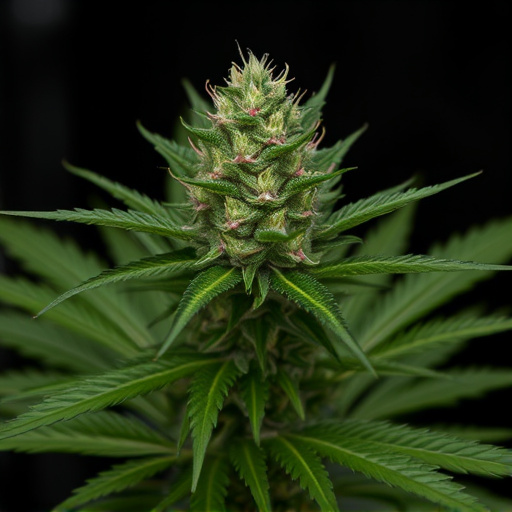
In the world of cannabis, terpenes play a pivotal role in shaping the unique scents and flavors we associate with different strains. When it comes to low odor cannabis strains, understanding the connection between terpenes and their ability to mask or enhance specific aromas is key. Certain terpene profiles are known for their effectiveness in reducing the distinct weed scent, making them popular choices among users seeking discreet use.
Terpenes like linalool, myrcene, and caryophyllene have gained recognition for their low odor characteristics. Linalool, often found in lavender, has a calming aroma that can mask the typical cannabis smell. Myrcene, with its earthy and fruity notes, is another powerful terpene known to reduce scent intensity. Additionally, caryophyllene possesses a spicy aroma that can further diminish the perceptible odor of cannabis, making it an ideal component in low odor strains. These terpenes work synergistically with the plant’s cannabinoids, offering not only a more subtle fragrance but also contributing to the overall therapeutic effects experienced by consumers.
Exploring Popular Low Odor Strains and Their Distinctive Terpene Profiles
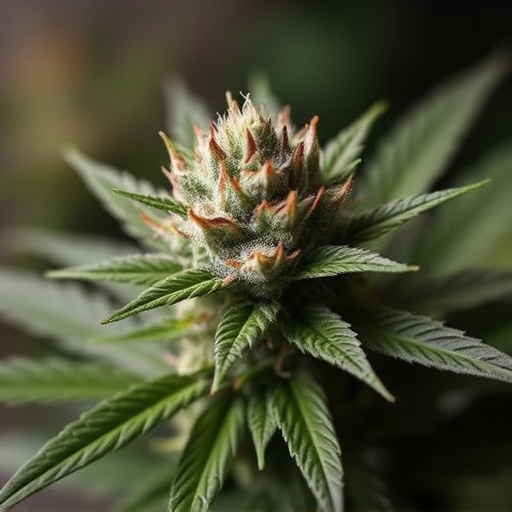
In the ever-evolving world of cannabis, one aspect that captivates both cultivators and consumers is the diverse range of scents offered by different strains. Among the most sought-after are low odor cannabis strains—varieties known for their subtle, often earthy aromas that avoid the pungent profiles associated with stronger scents. These strains owe their unique attributes to terpenes, aromatic compounds that contribute significantly to a plant’s fragrance and flavor.
Popular low odor strains like Blue Dream, known for its uplifting and mild citrus notes, rely on myrcene and linalool terpenes to create a balanced scent. Another favorite is Granddaddy Purple, renowned for its rich, floral aroma with hints of vanilla; this strain’s distinctive profile is largely due to the presence of caryophyllene and linalool. Exploring these strains offers cannabis enthusiasts a chance to appreciate the delicate art of terpene profiles, where even subtle differences can transform a plant’s overall character.
Terpenes play a pivotal role in shaping the unique aromas and scents of different low odor cannabis strains. By understanding these chemical compounds, we can better appreciate how specific terpene profiles contribute to the subtle nuances that make each strain distinct. Whether seeking a discreet option or appreciating the art of cannabis aromatics, recognizing the importance of terpenes offers enthusiasts a deeper connection to their favorite plants and enhances the overall experience.
